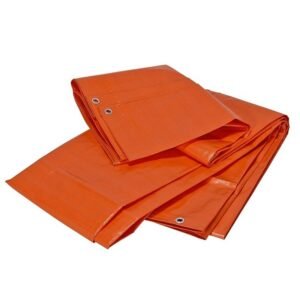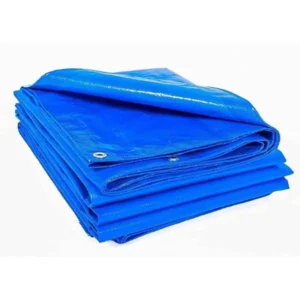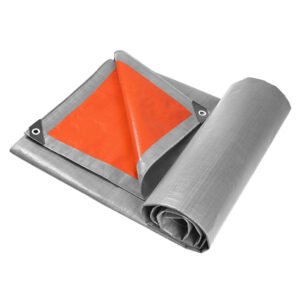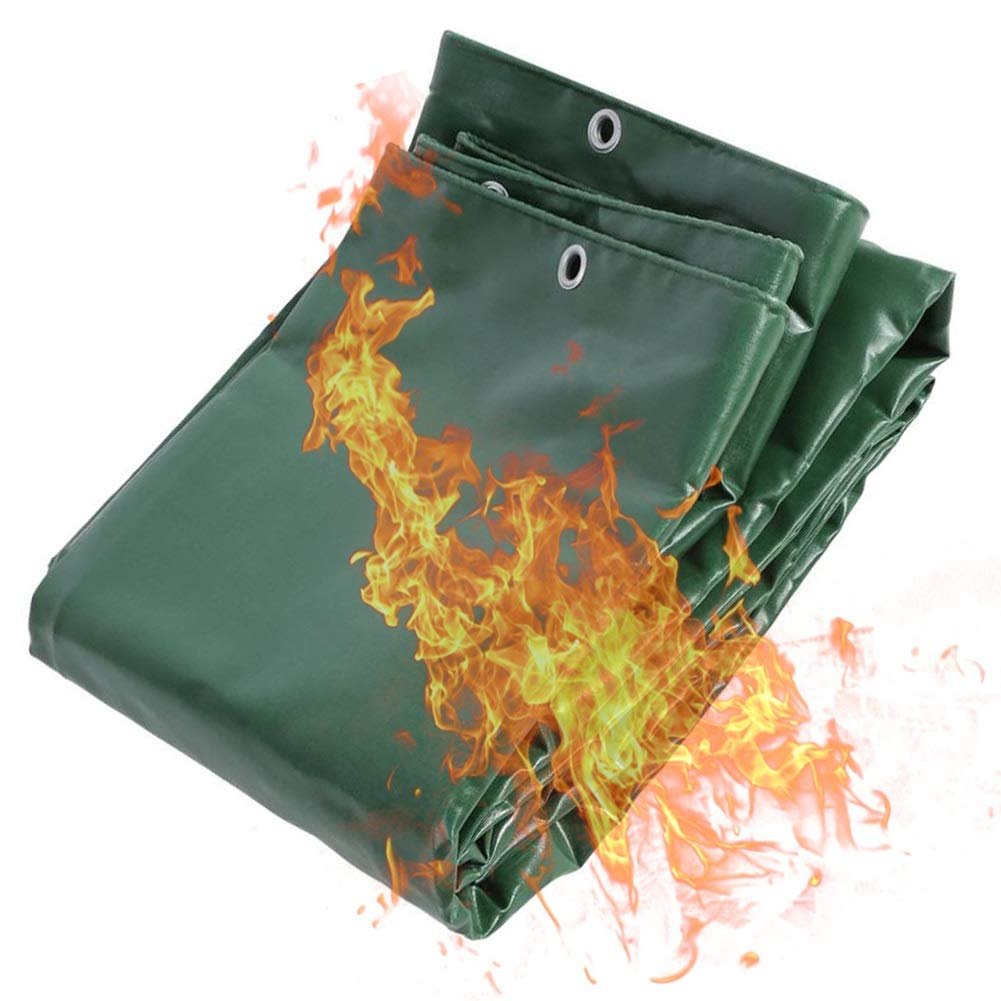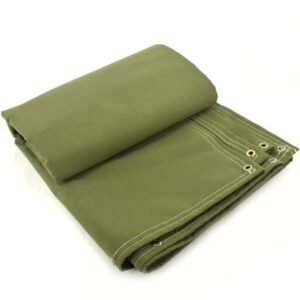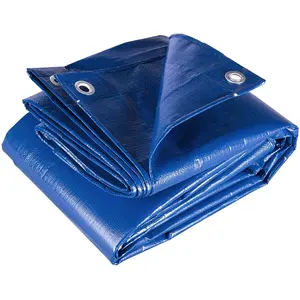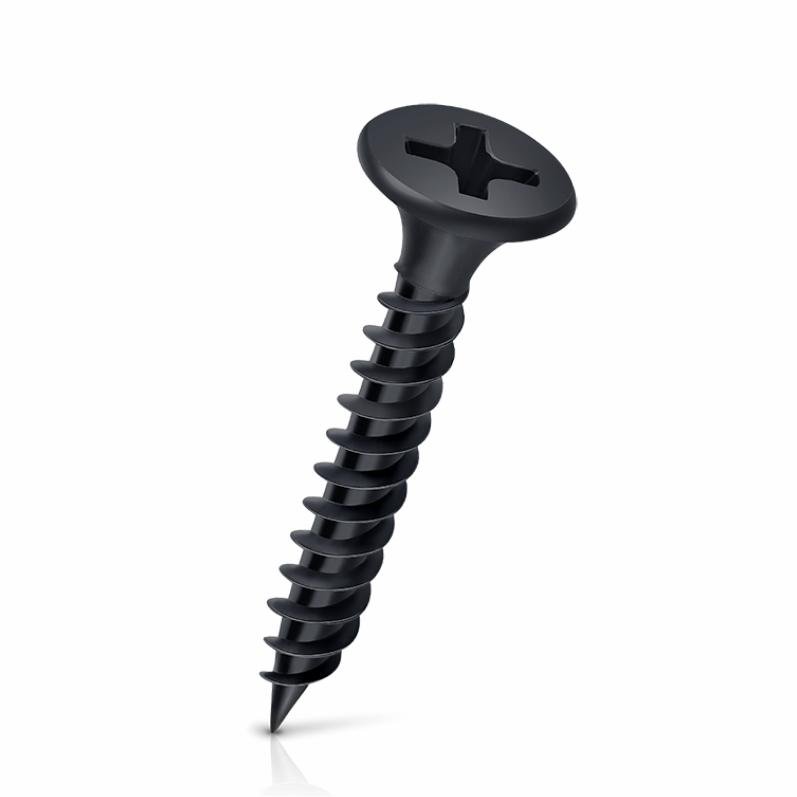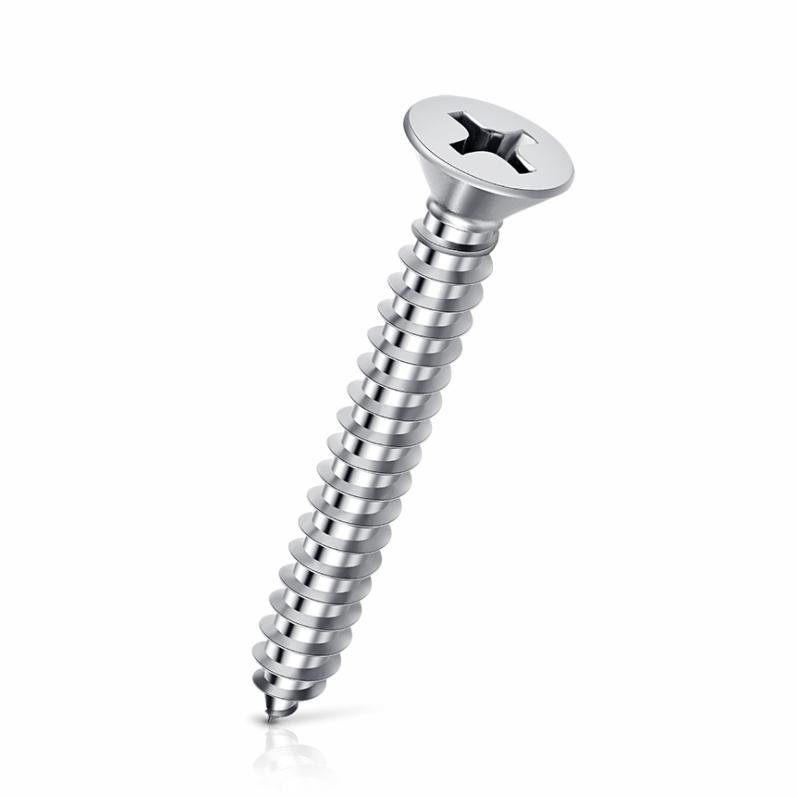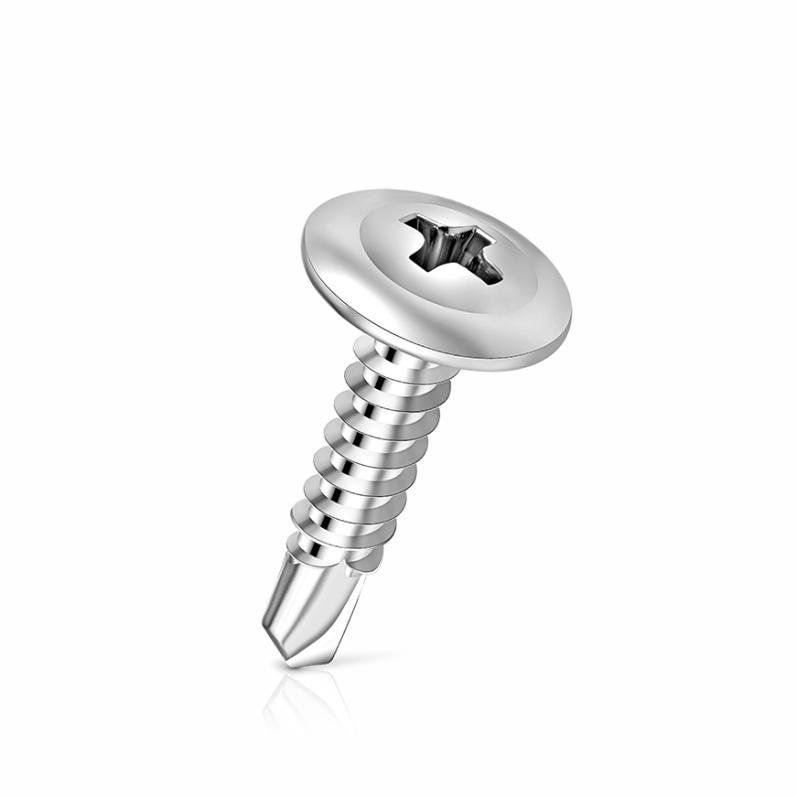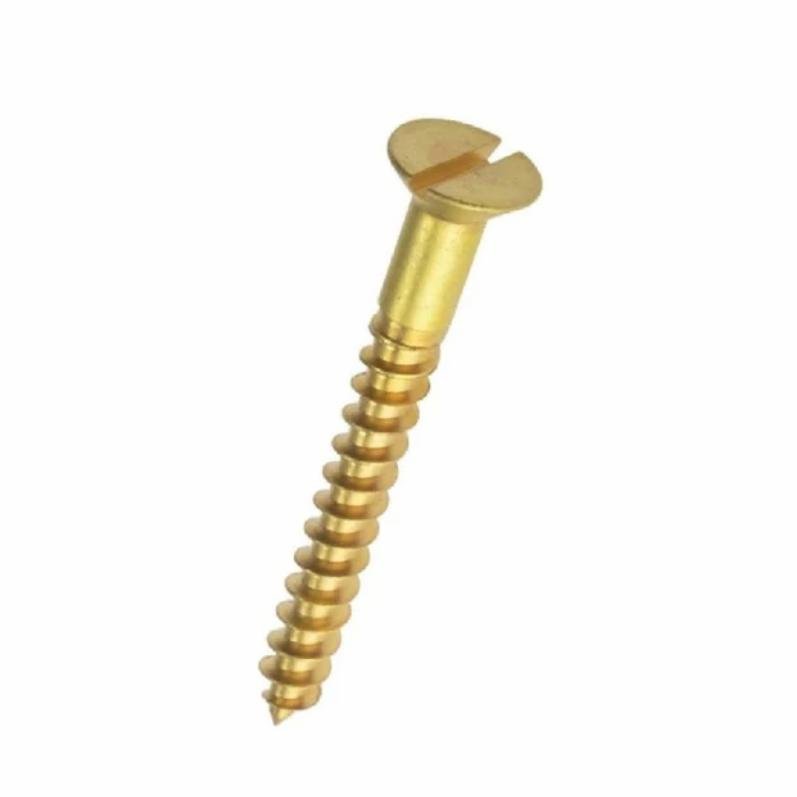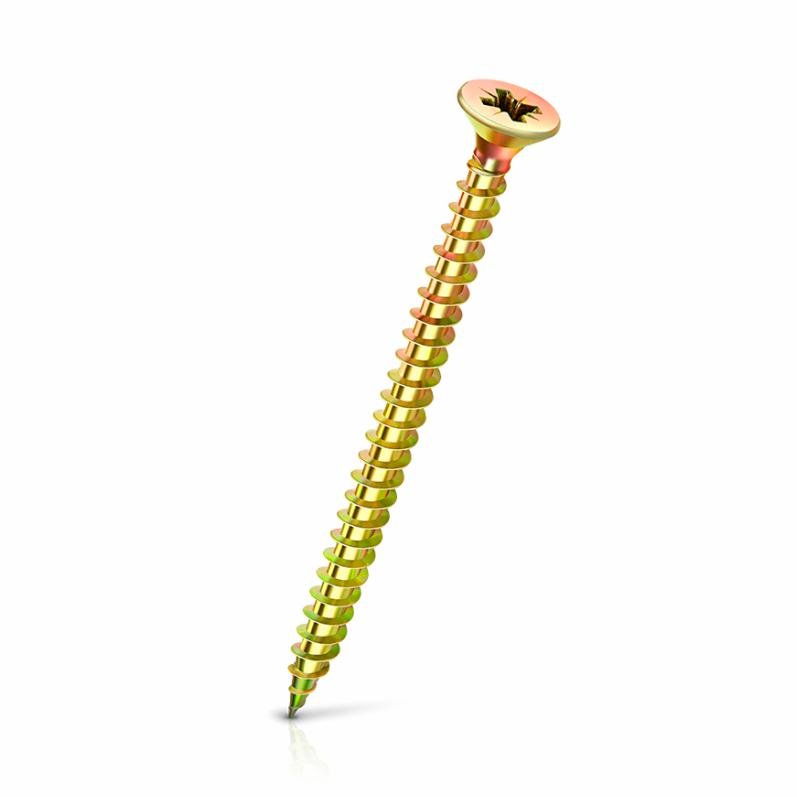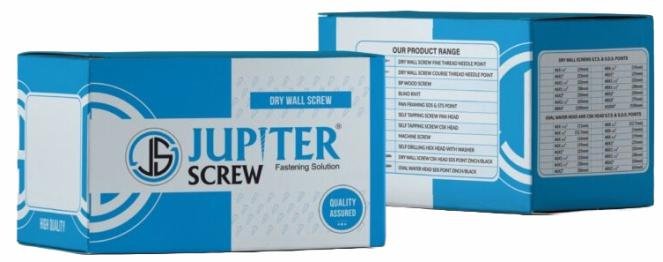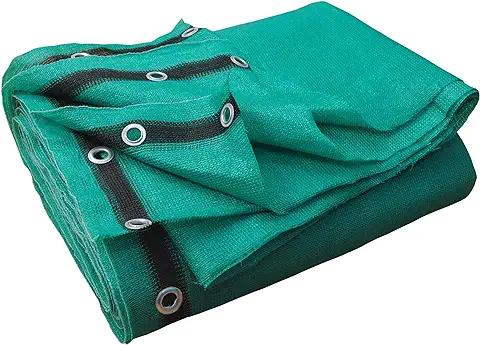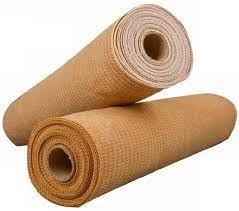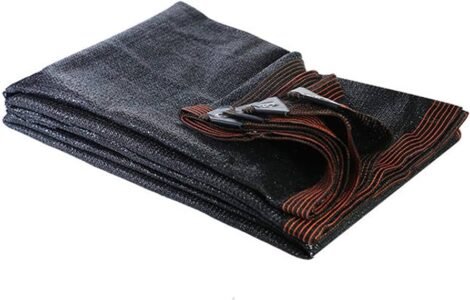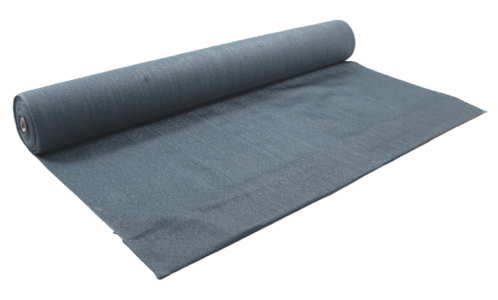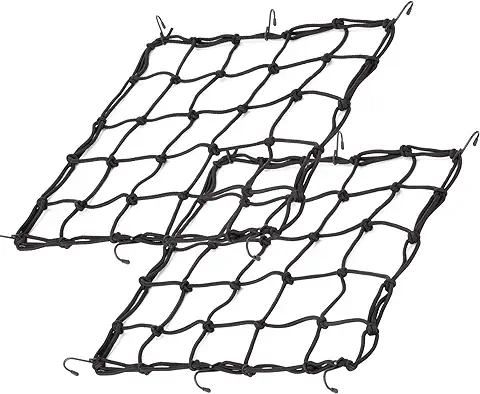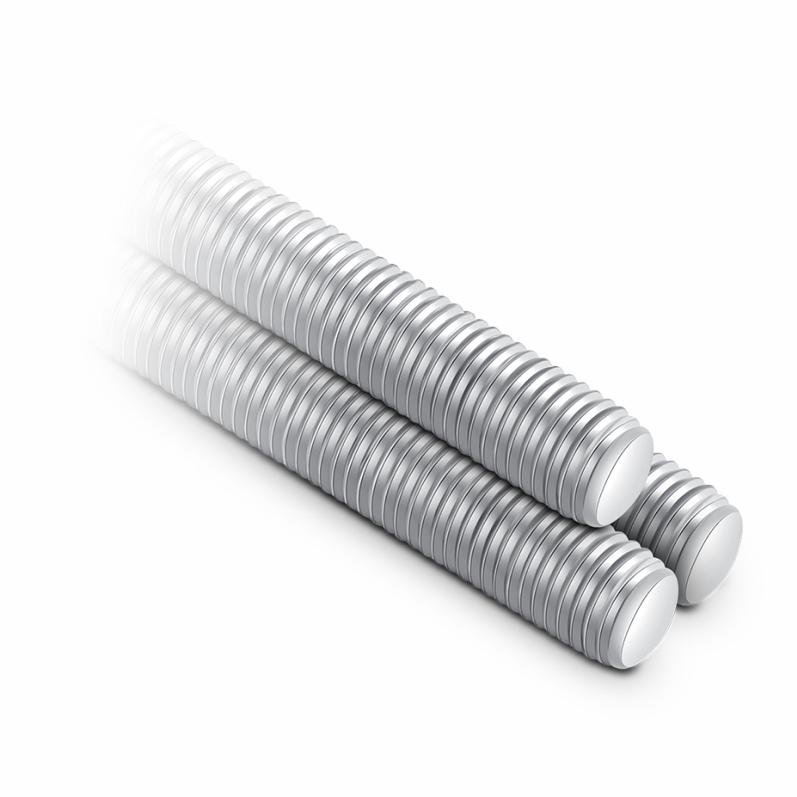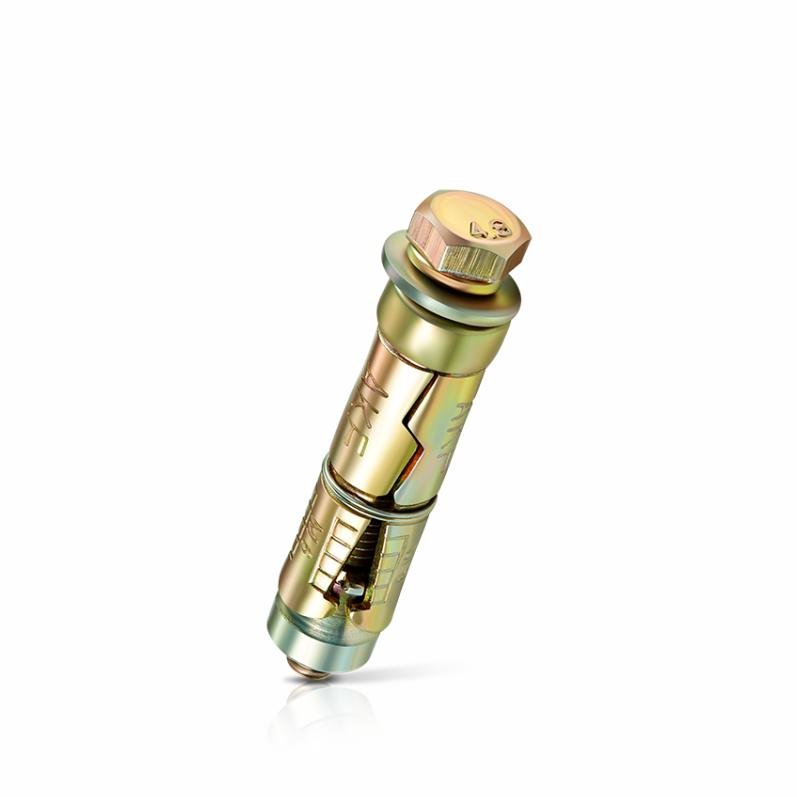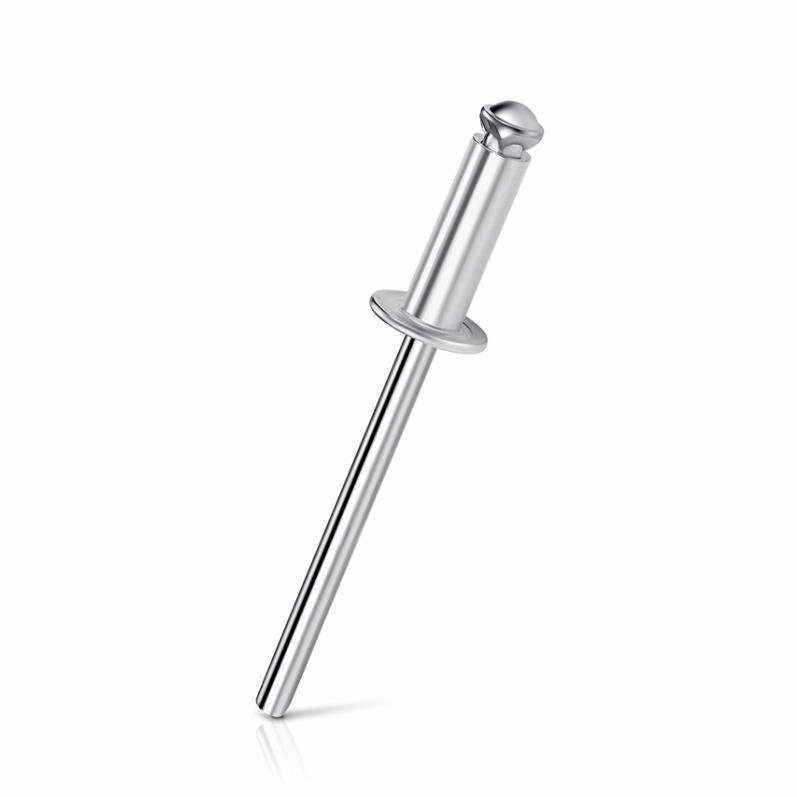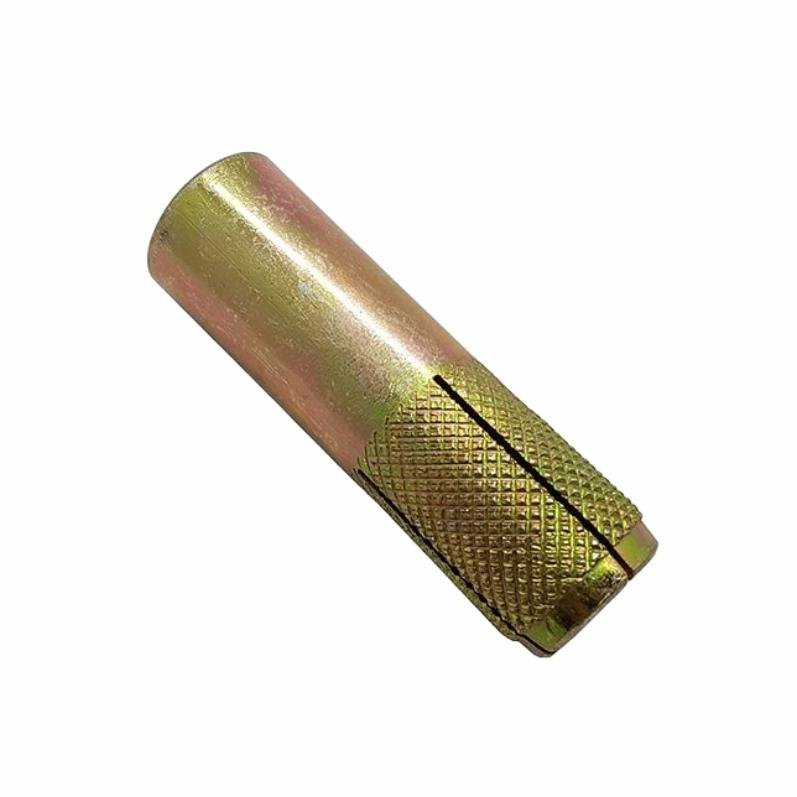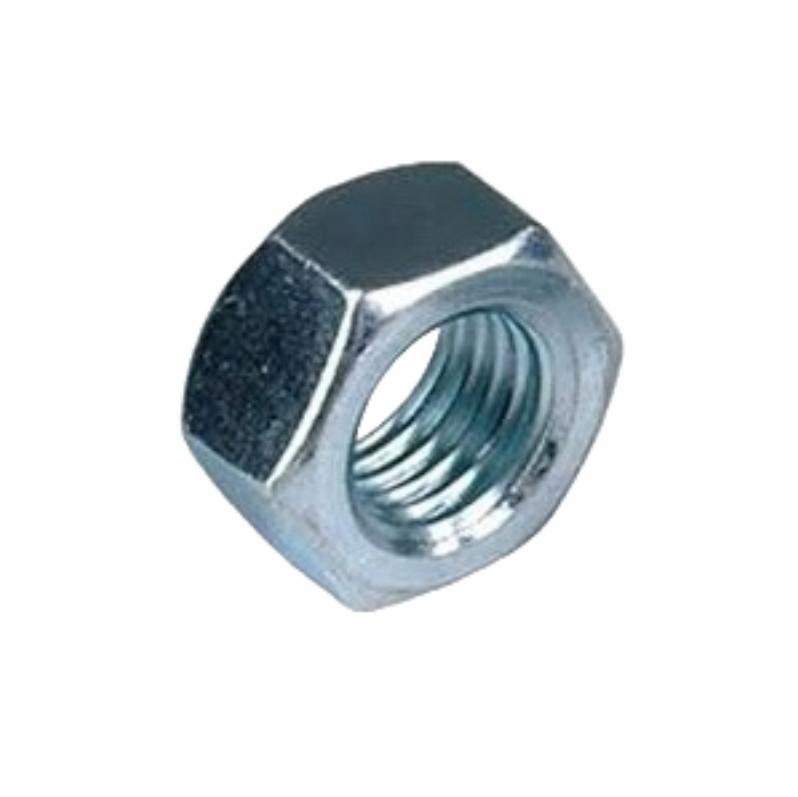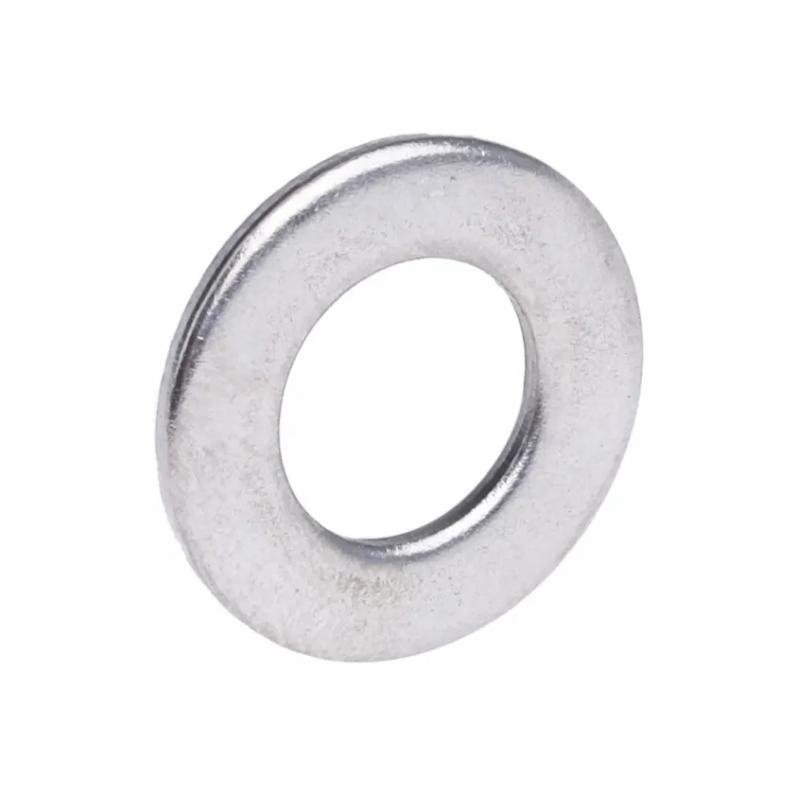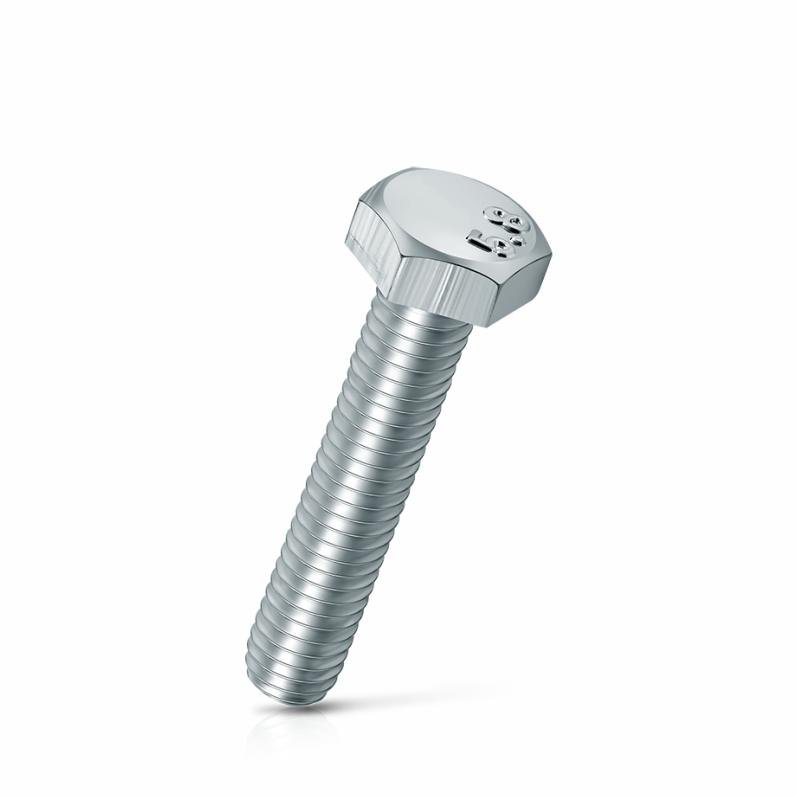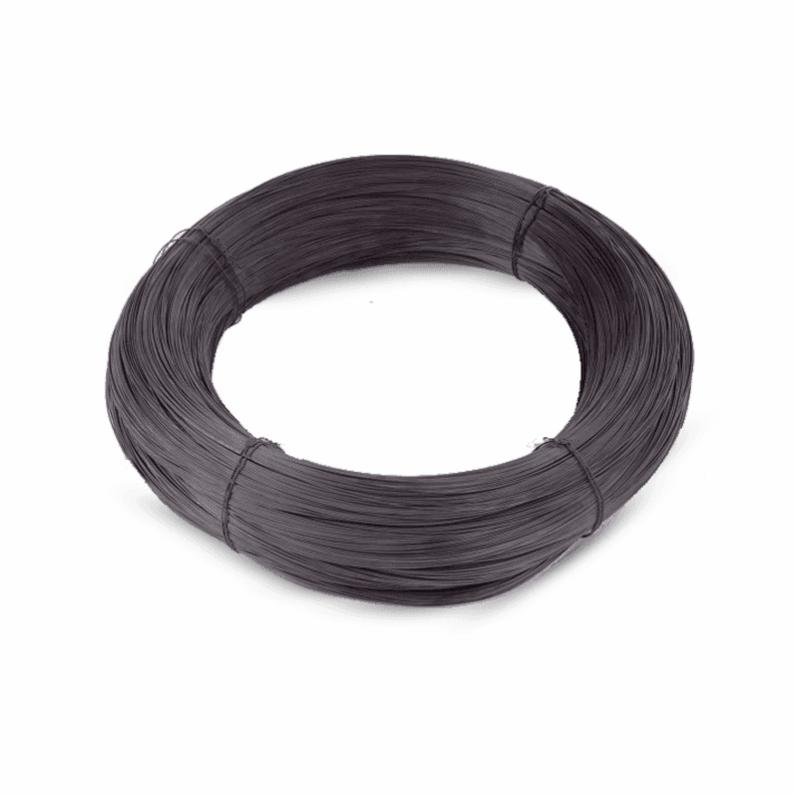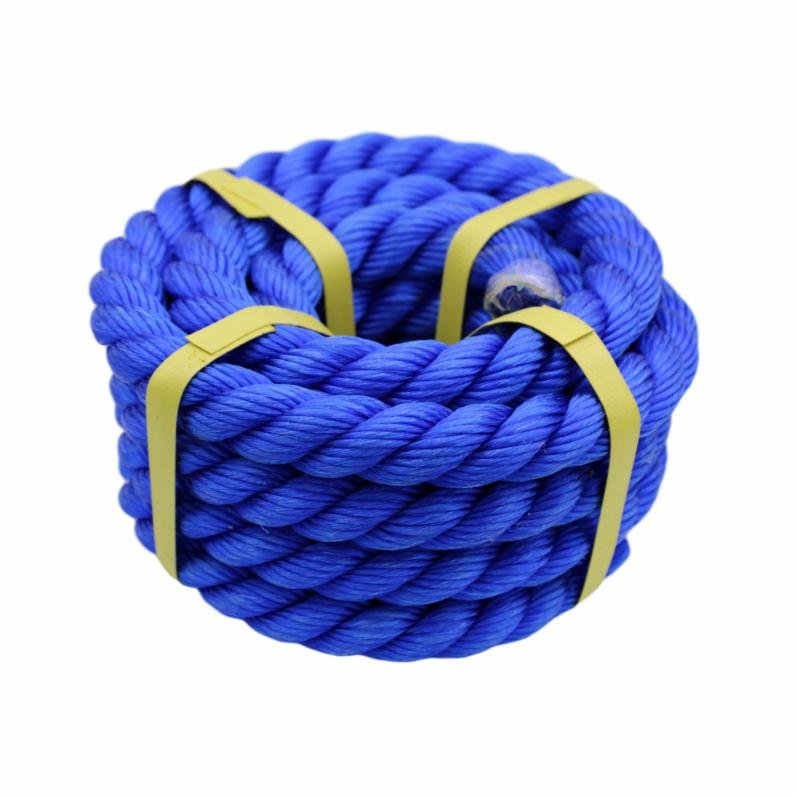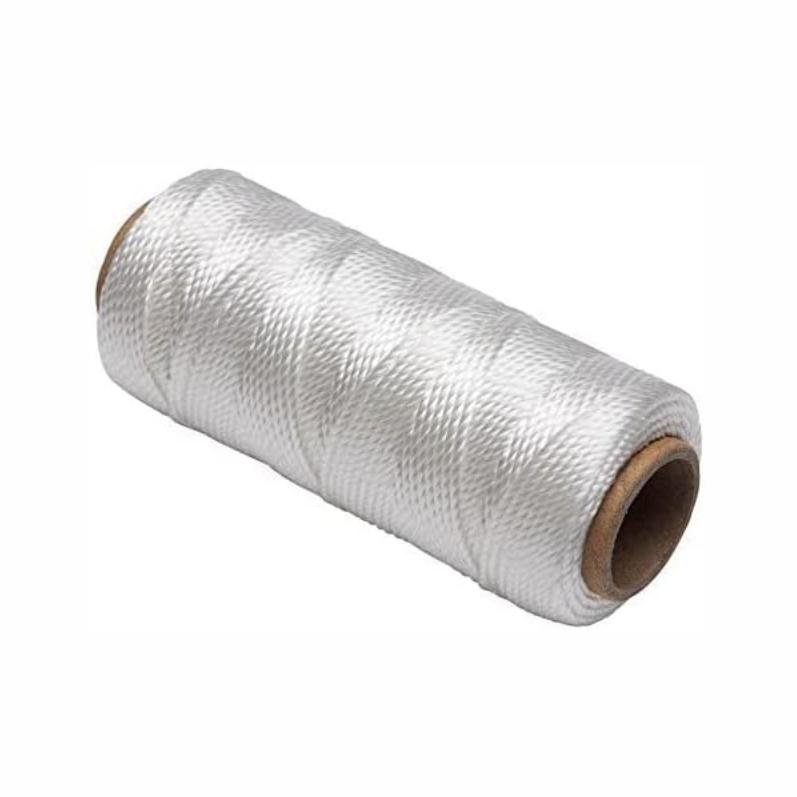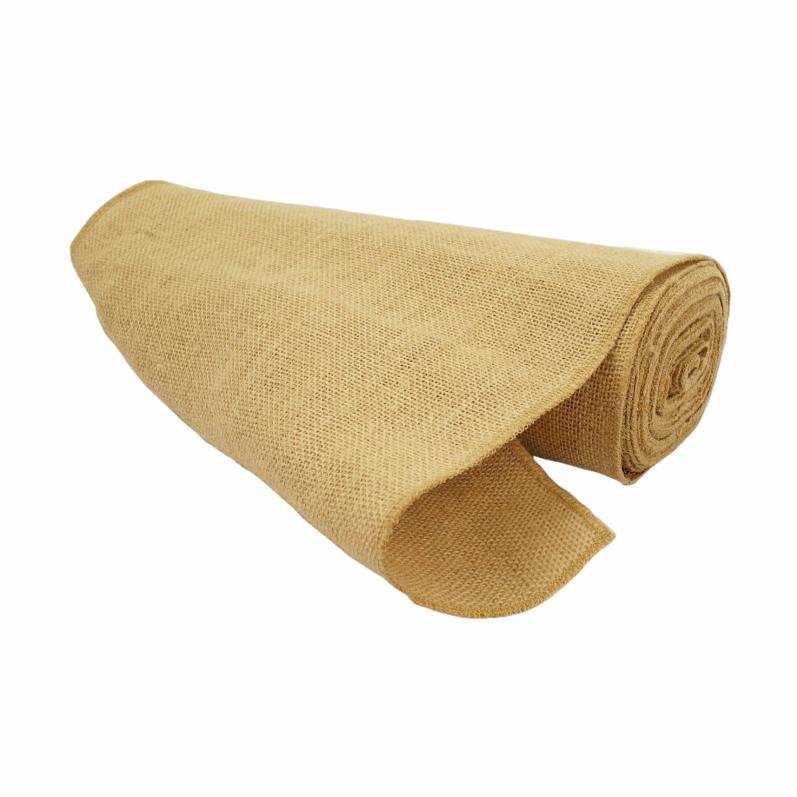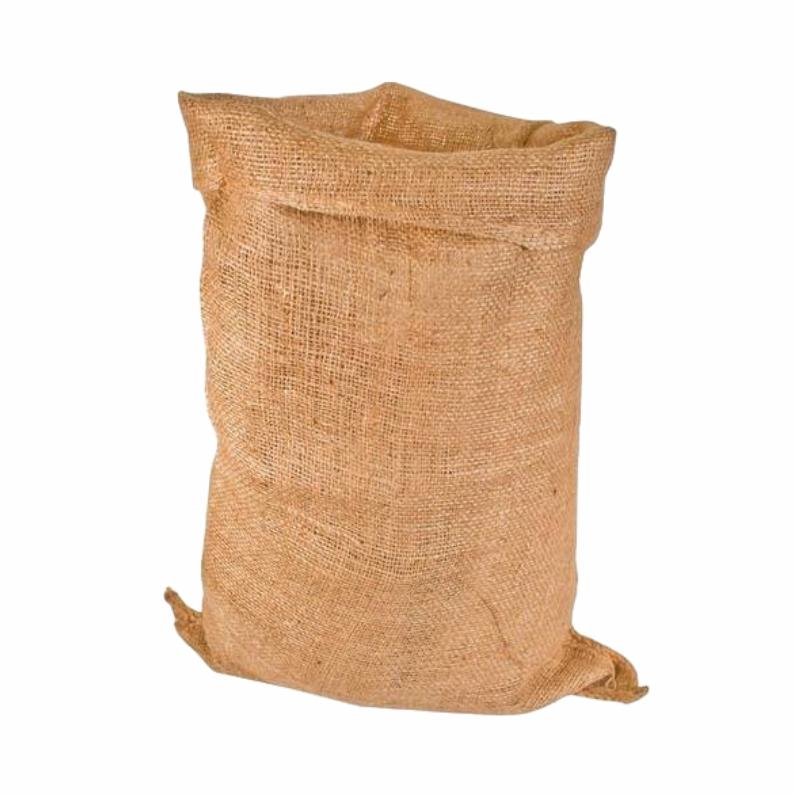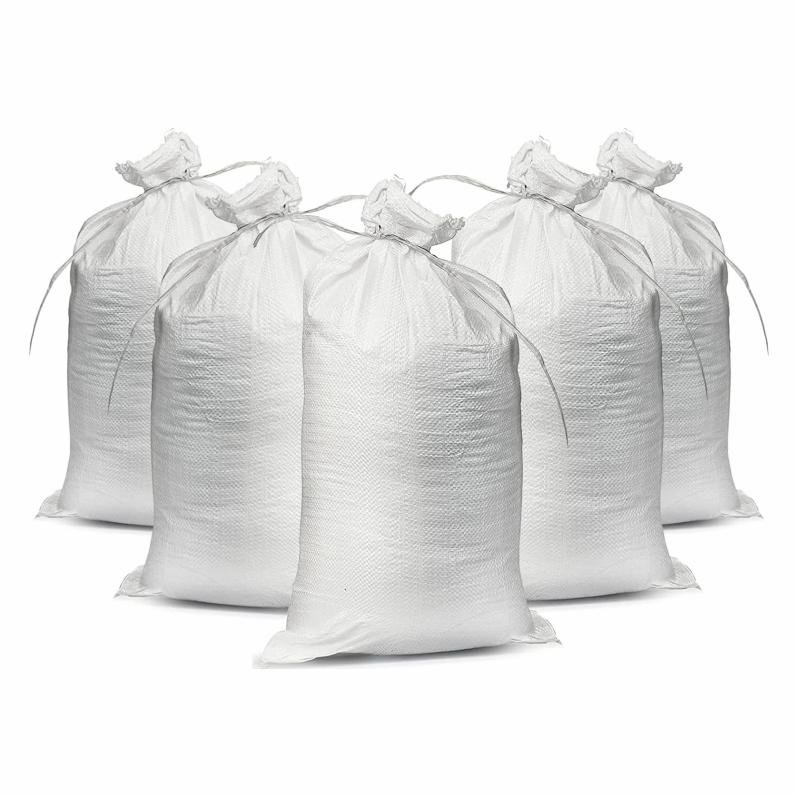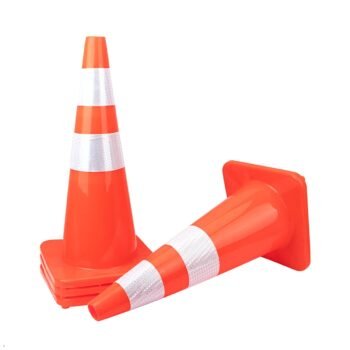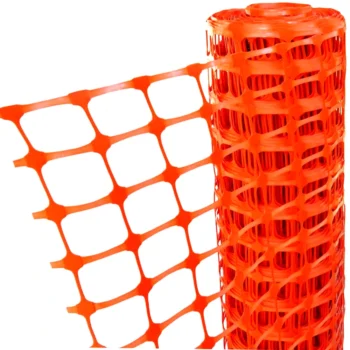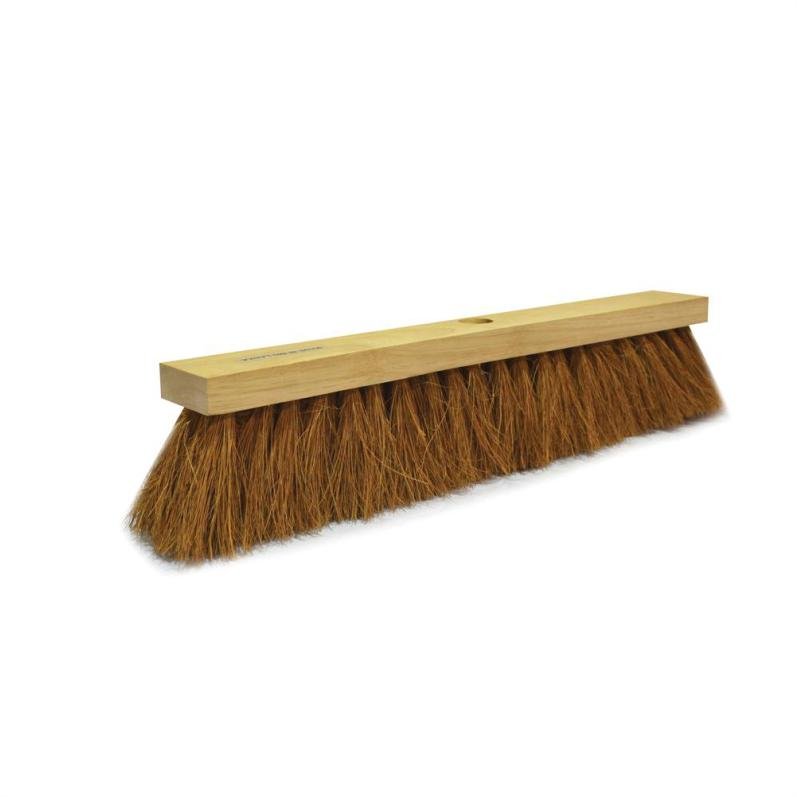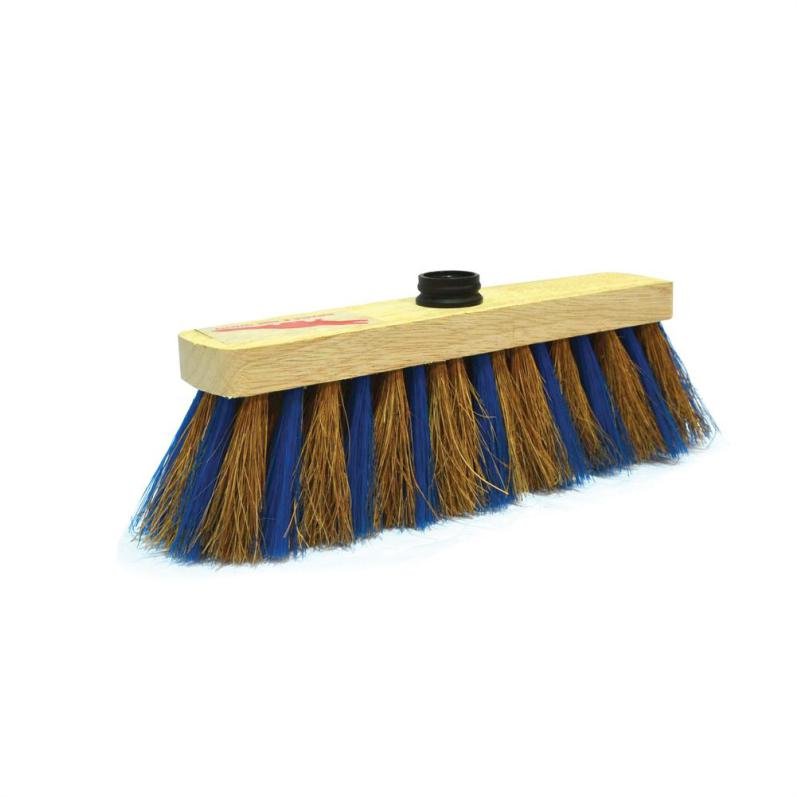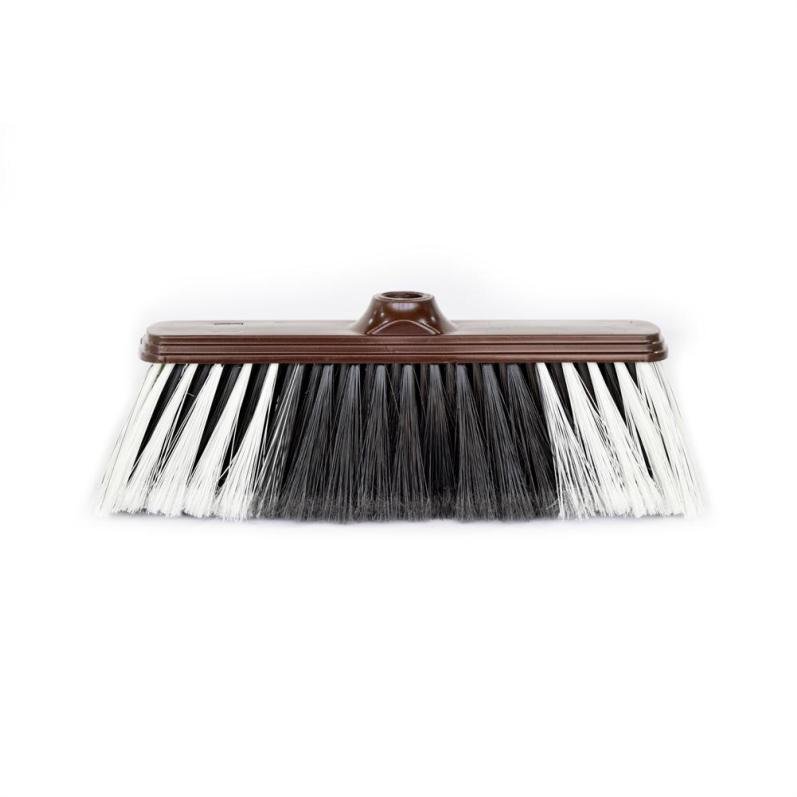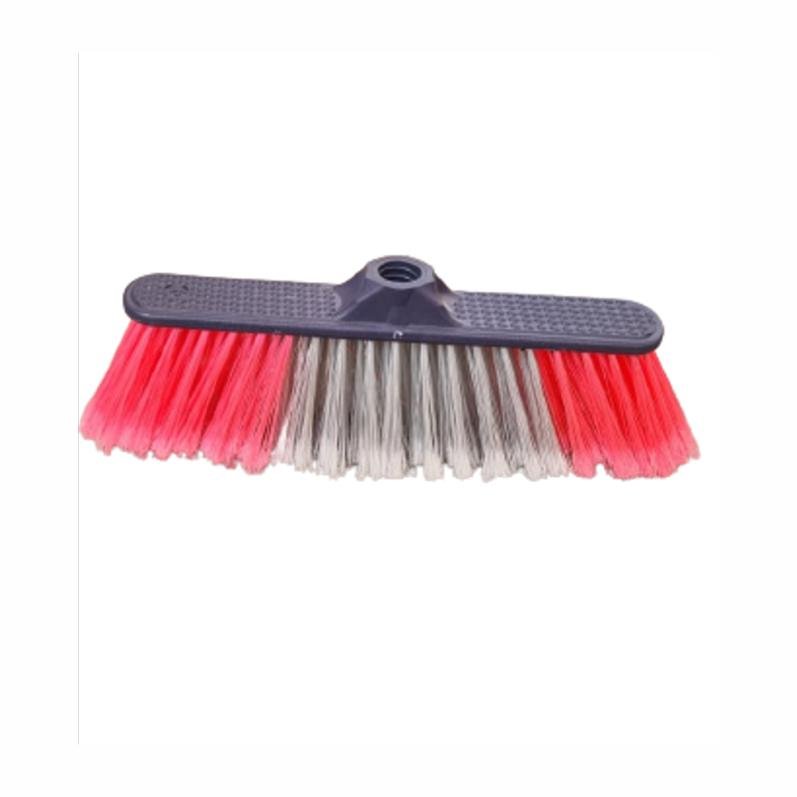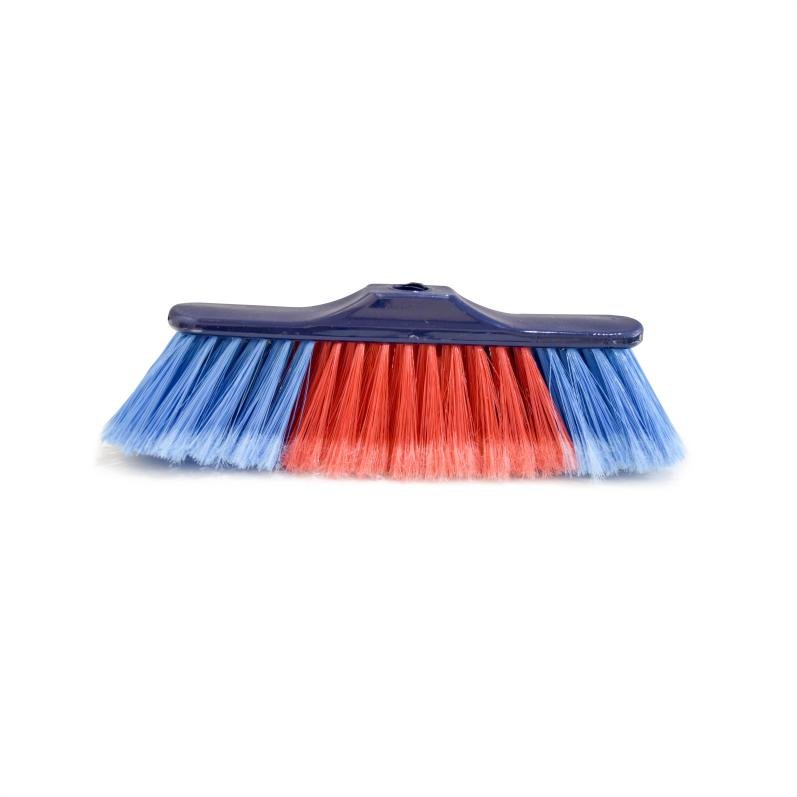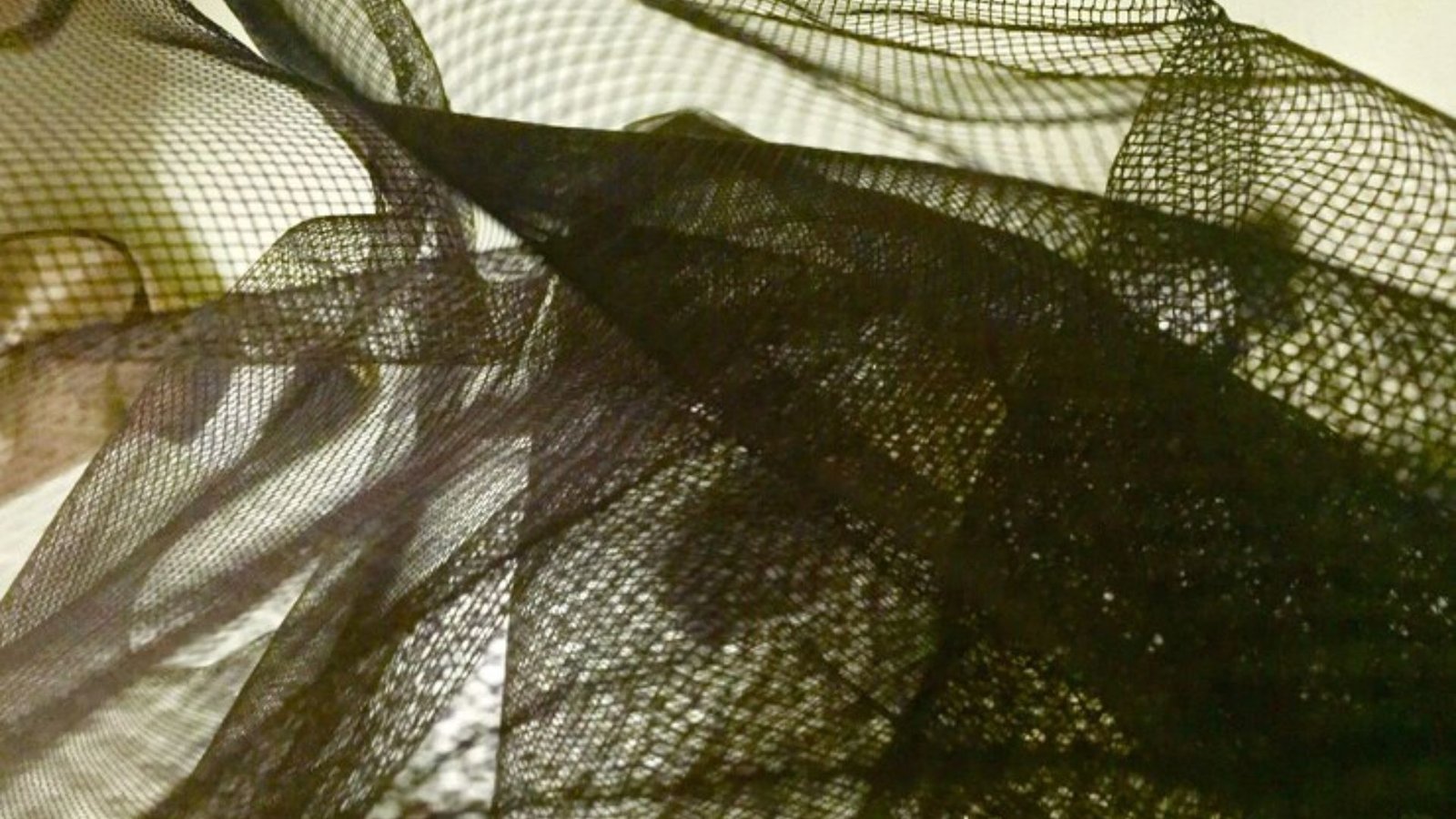First, let us understand what is a green shade net.
A green shade net for the garden is crafted from durable polyethylene fibers designed to filter sunlight and mitigate UV radiation. Available in different shading percentages like 30%, 50%, 70%, and more, these shade cloth nettings provide tailored levels of sun protection. Gardeners can buy green shade nets based on their specific needs to shield plants from sunburn and heat stress, ensuring optimal growth conditions.
This versatile material conserves water by reducing evaporation and moderating temperatures, promoting healthier plants and enhancing garden productivity. Its UV-stabilized construction ensures longevity, making it a cost-effective investment for sustainable gardening practices.
Benefits of Shade Netting in Gardening
- Sun Protection and Sunburn Prevention
Reduced Sunlight Exposure- Green shade netting filters sunlight, creating a shaded environment that significantly reduces direct sun exposure for plants. This minimizes the risk of sunburn and heat stress, which is crucial for maintaining plant health and vigor throughout the growing season.
Importance of Sunburn Prevention- Sunburn and heat stress weaken plants, reducing productivity and potentially causing wilting or death. Green shade netting acts as a protective barrier against excessive heat and harmful UV rays, ensuring plants thrive under controlled light conditions.
Plants Benefiting from Shade Netting- Many plants benefit from shade netting, especially those preferring indirect light or susceptible to sunburn. Examples include lettuce, spinach, begonias, impatiens, cilantro, and parsley. These plants thrive in the shaded microclimate provided by green shade netting, promoting robust growth and higher-quality yields.
Green shade net for the garden guarantees the best possible sun protection and more robust plant growth. When considering where to buy green shade net, prioritize quality materials and shading percentages tailored to your needs.
- Temperature Regulation and Heat Stress Reduction
Temperature Moderation- Green shade netting reduces direct sunlight, creating a cooler microclimate by blocking solar radiation. This prevents surface overheating and lowers air temperatures, maintaining optimal growing conditions and enhancing plant health and productivity.
Impact of Heat Stress- Excessive heat stress can severely affect plants, increasing water loss through transpiration and causing wilting, leaf scorch, and reduced photosynthesis. Prolonged exposure to high temperatures can stunt growth and reduce crop yields. Green shade netting mitigates these risks by providing shade and reducing heat stress on plants.
Healthier Plant Development- Green shade netting moderates temperatures, supporting optimal physiological functions like nutrient uptake and water-use efficiency. It promotes stronger root development and helps plants withstand environmental stresses, leading to improved flowering, fruiting, and overall yield quality.
While buying green shade, choose a supplier with durable materials and suitable shading percentages. Purchasing shade cloth netting helps maintain temperature control and encourages robust plant development.

- UV Radiation & Shielding
Blocking UV Rays- Green shade netting absorbs and reflects UV radiation, acting as a physical barrier to reduce UV exposure for plants and humans underneath.
Risks of UV Exposure for Plants- UV radiation can damage plant cells, disrupt photosynthesis, and lead to genetic mutations, decreasing growth and increasing susceptibility to diseases. Green shade netting creates a shaded environment that limits UV exposure, promoting healthier plant development.
Long-term Benefits- Green shade netting supports plant growth and productivity by shielding from UV radiation. It also improves human health by reducing UV-related risks over time, contributing to sustainable gardening practices, and enhancing well-being in outdoor settings.
When buying green shade net, prioritize suppliers with UV-stabilized materials and suitable shading percentages. This ensures adequate UV protection, fostering healthier plants and safer outdoor environments.
- Enhanced Plant Growth and Yield
- Improved Growth Conditions- Green shade netting moderates sunlight and temperature extremes, creating an optimal environment that reduces stress on plants. This allows them to focus more on growth and development rather than environmental challenges.
- Enhanced Photosynthesis- Shade netting provides diffused light, optimizing photosynthetic efficiency for healthier foliage, stronger stems, and improved nutrient uptake in plants.
- Relationship Between Reduced Stress and Yield- Plants under shade netting experience less stress from heat, UV radiation, and water loss, maintaining consistent growth rates. This results in increased flower production, fruit set, and overall yield.
Green shade net for the garden ensures optimal growth conditions, enhanced photosynthesis, and improved yields. Shade cloth netting supports healthier plant development, maximizing productivity and plant health.
- Pest and Disease Management
Physical Barrier Against Pests- Green shade netting acts as a protective barrier, preventing pests like insects, birds, and larger animals from reaching plants. This reduces feeding damage and minimizes pest infestations, supporting plant health.
Reduction of Plant Diseases- By shielding plants from wind and rain, which can spread fungal spores and pathogens, green shade netting decreases the incidence and severity of diseases. It creates a controlled microclimate that limits favorable conditions for disease development.
Integrated Pest Management (IPM) Strategies- Integrate green shade netting into an IPM approach with tactics like crop rotation, biological controls (beneficial insects), and cultural practices (sanitation, plant spacing). Use finer mesh netting for more minor pests and ensure secure installation to prevent gaps.
Investing in a green shade net for the garden enhances pest and disease management by providing a physical barrier and supporting integrated pest management strategies. Shade cloth netting is essential for maintaining plant health and productivity.
Factors To Consider While Buying Green Shade Net
When buying green shade net for the garden or other outdoor applications, several key factors play a crucial role in making the right choice-
Shading Percentage- Selecting the appropriate shading percentage is vital as it determines the amount of sunlight the shade net will block. Options typically range from 30% to 90%, with higher percentages providing more shade. This choice depends on the light requirements of your plants and the degree of sun protection needed.
Material and Durability- Opt for shade nets made from durable materials such as high-density polyethylene (HDPE), which are UV-stabilized. These materials ensure longevity and resistance to weather elements like sunlight, rain, and wind. HDPE nets are lightweight yet robust, making them ideal for prolonged outdoor use without deterioration.
Size and Dimensions- Measure the area you intend to cover and choose a shade net that offers adequate coverage. Consider whether standard sizes suffice or if custom-cut options are necessary to fit specific dimensions or structures in your garden.
Mesh Density- The mesh density affects light diffusion and airflow. Finer meshes provide better protection against more minor pests while still allowing sufficient air circulation and light penetration essential for plant health.
UV Protection- Ensure the shade net provides adequate UV protection to shield plants from harmful rays. UV-stabilized materials block UV radiation, reducing the risk of sunburn and heat stress on plants, thereby promoting healthier growth.
Installation and Maintenance- Look for shade nets that are easy to install, preferably with features like grommets, eyelets, or other fastening options for secure attachment. Consider maintenance requirements such as cleaning methods and storage practices to prolong the net’s lifespan and maintain its effectiveness.
Application Specifics- Determine if the shade net is suitable for your specific gardening needs, whether it’s for protecting delicate plants, creating shaded areas in nurseries, regulating temperatures in greenhouses, or enhancing outdoor living spaces.
Conclusion
Investing in a green shade net for the garden provides comprehensive benefits that enhance plant health and garden productivity. A Green shade net for the garden offers essential features such as optimal sun protection, temperature moderation, and integrated pest management support.
By choosing shade cloth netting with suitable shading percentages, durable materials, and adequate UV protection, gardeners ensure their plants thrive under controlled conditions.
At MSBM, we provide a versatile range of other shading nets. One can buy Green Shade Net on our website to support sustainable gardening practices, promote healthier plants, and create resilient outdoor environments tailored to specific gardening needs.

